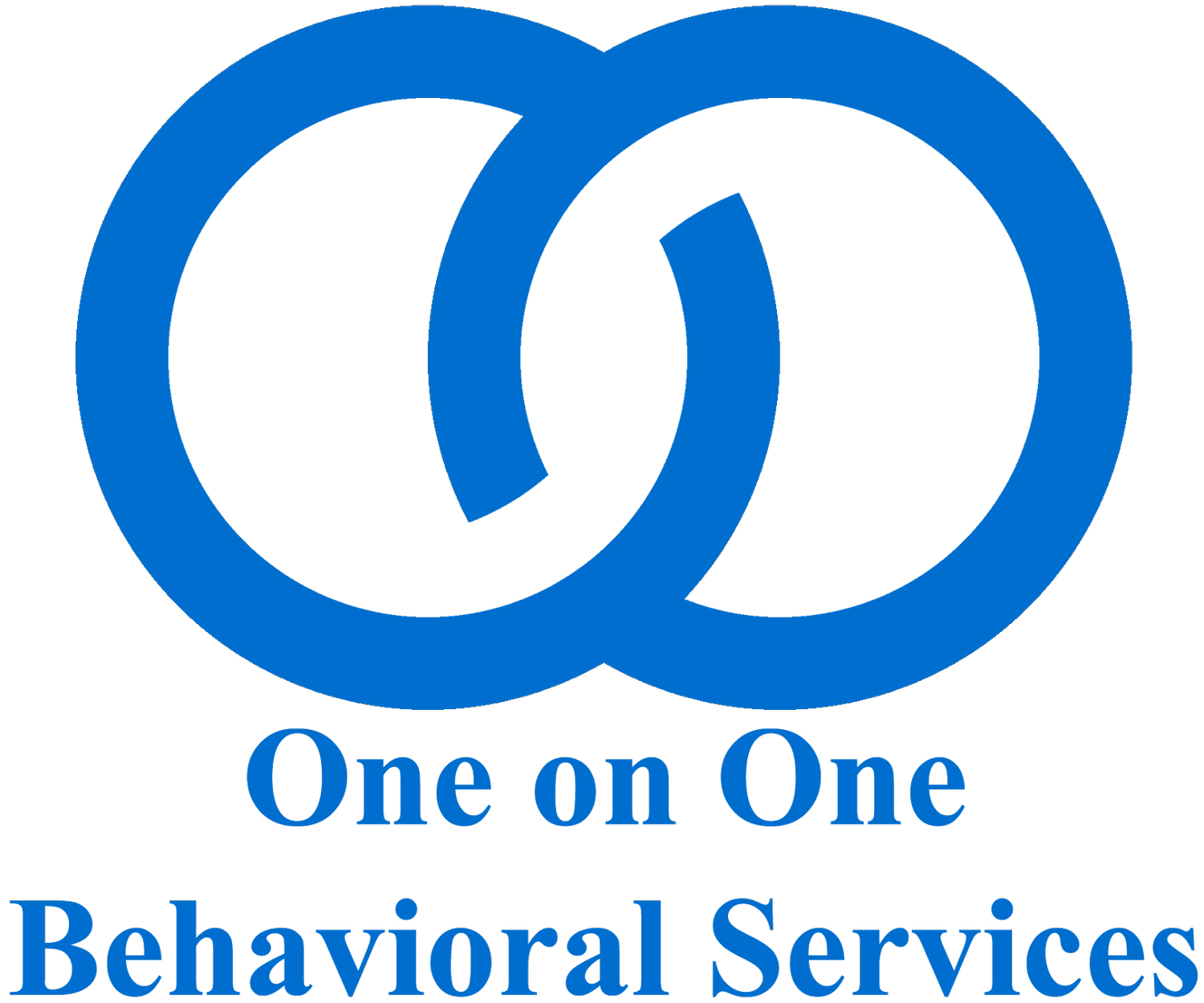This blog post is written by our wonderful RBT, Cristina! Read below to learn about an approach called “My Way” and its benefits of eliminating challenging behaviors while strengthening trust and cooperation between caregiver and child.
Dr. Greg Hanley (a well-known BCBA-D in the field of Behavior Analysis) developed a Functional Communication Request, FCR, and Delay Training called “My Way” or Practical Functional Assessment/Skill-Based Treatment (PFA/SBT). It allows the learner to get what they want and then start the process of tolerating denials (not getting their way always). There are 10 steps. It is important to note that before moving to the following step, the data collection should show positive tallies (+) across (100% occurrence) before proceeding to the next step. If the learner fails to meet the criteria of the step, go back to the previous step and repeat the process. Make sure that it is learned across all settings and people.
- Teach the learner how to say, “I want to do it my way” when an instruction or preferred item/activity is present, and let the learner do what they want their way in the beginning 100% of the time.
- No longer prompting the learner with “I want to do it my way”, the learner still gets their way 100% of the time.
- Teach the learner “Excuse me” with prompts, wait for the learned response “I want to do it my way”, and they get their way.
- Same as the third step but no prompting for the entire response.
- Teach the learner to tolerate “no”, and say “okay”. They will be able to get their way if they say “okay” immediately.
- Same as the fifth step but no prompts.
- The learner tolerates “no”. They are taught to say “okay” and engage in the response or wait 10 seconds for what they want. The learner will get it their way 40% of the time.
- The instructions placed include 3 responses (multi-step directions such as “pick up your toys, place them in the bins, and sit down at the table”. The learner continues to get it their way 40% of the time.
- Move on to directions that include 5 responses. The learner continues to get it their way 40% of the time.
- Same as steps 7-9, but the learner must engage in an entire program with them still receiving 40% of their way.
What Greg Hanley is showing is that there is improvement when “no” is not said all the time. If the caregiver says, “yeah”, “sure” or “okay”, sometimes, “no” doesn’t have a negative effect. Intermittent reinforcement essentially maintains the learner’s request of “my way” and accepting no.
Please take a look at the links below for free resources on Greg Hanley’s research.
Practical Functional Assessment
A Perspective on Today’s ABA from Greg Hanley
If you are interested in trauma-informed ABA services in the Miami, Doral, or Broward area, or you are interested in consultation through Telehealth, we can help with implementation and further information on the Practical Functional Assessment and Skill-Based Treatment (PFA and SBT). We are available to provide this information in English and Spanish. If you would like more help on this topic, please contact us at (305) 204-7037 or send us a message through our contact page.




I am an RBT working in a public school in New Jersey. I work one-on-one with children with Autism. I am hopefully being trained in the “my way” program soon. I was wondering if there are any free trainings on line that you could recommend, to help me prepare for this training.
Kind Regards
Gail B Wingler
Please share with me my way ABA presentation
IAM VERY INTERESTED IN OBTAINING MORE INFORMATION ON DR. GREG hANLEY AND HIS APPROACH . PLEASE EMAIL ME